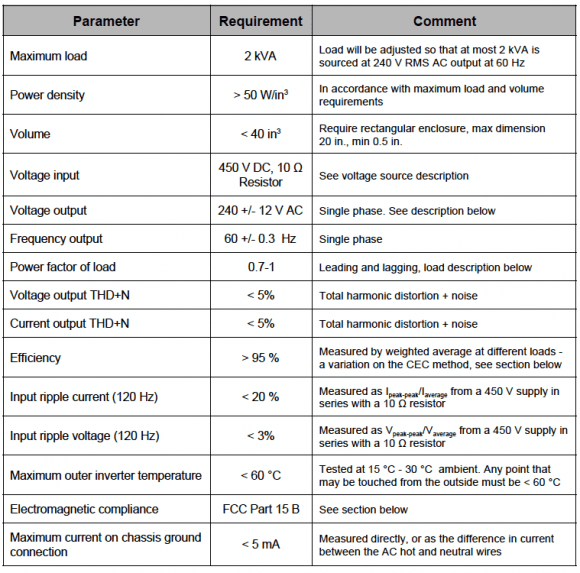1. Who is this “Rohm” again…?
Kyoto based Rohm Semiconductor is the technology leader of SiC power devices. They have been the first to release SiC Schottky diodes, SiC MOSFET in 2010 and Full-SiC power modules in 2012.
They also master the full supply chain since the acquisition of the German SiC wafer manufacturer SiCrystal in 2009. They have access to German made 6-inch wafers since 2013.
According to their roadmap, showed and diffused during conferences in 2014, they are currently working on their 3rd Generation of SiC MOSFET to be released soon.
They will use a Trench Gate, together with a Trench Source. This Trench Source will allow reduction of the electric field and thus highly improve performances of SiC MOSFETS.
Roadmaps planned the release of these devices for 2015, and as APEC conference in Charlotte is approaching, the question has been raised.
Will APEC be the day when Rohm will make a new step in the Wide band gap power electronics world by releasing its own SiC 1700V switch?
2. A bit of technology:
The 1700V breakdown voltage is very important in Japan. This is the voltage limit where devices can easily be used in Rail traction. You know how rail traction is important in Japan, in terms of sales but also in terms of image. If Rohm is able to gain market shares in auxiliary rail traction converters and light rail in Japan, they will have another advantage over the biggest European semiconductor companies.
They are working on 17A and 50A bare dies.
The 650V and 1200V devices will also adopt the new 3rd Generation U-MOS design, based on trenches.
3. And a tiny bit about competition:
As a reminder, Rohm is already supplying many system makers in Europe, with SiC devices for R&D and advanced design.
Cree is doing a good job too. But we believe that power is not their main target. Cash is coming from LED for them and power electronics is just extra-money.
And you can also note that their communication is getting better as well. They were already doing good products. Now, if they manage to sell them well, they can quickly become a very big competitor for the IGBT dinosaurs!




